(Tehran) Bazaar- Dealing with climate change will require many different interventions, as no single action will fix the issue. The world’s economy is simply too diverse. Still, there is one source that is both little known and fixable: methane emissions from the oil and gas industry. And on November 23rd 2020, a new partnership and a new institution was launched that can accomplish deep reductions from methane in line with the objectives of the Paris Agreement.
Methane is the main component of the natural - or more precisely fossil - gas that is burned in power plants and kitchen stoves. While gas is widely touted as the cleanest fossil fuel, it has a dirty secret: a lot leaks away. Recent scientific studies have firmly established that between two and four percent of the gas is released to the atmosphere. That may not sound like much, but a small percentage of an enormous amount matters. Methane has a particularly big impact on the climate: over two decades 84 times compared to carbon dioxide. The whole issue only came to light fairly recently, as large-scale scientific measurements established the facts. Increasingly satellites are adding to our knowledge of emissions from the industry with more data. And whenever measurements are done, they show that the problem has long been underestimated.
There is good news. While the problem is large, the solutions are well known and surprisingly cost effective. Many can be fixed by the figurative guy with a wrench, others require changes in equipment or process, and many pay for themselves.
It is one thing to identify a problem and to catalogue its solutions, but it is quite another to make those changes happen quickly in the political economy. The first port of call is often some kind of financial incentive or market mechanism. While these can work, it is well established that for collective action problems such as the environment, economic solutions are not always optimal and can even be counterproductive. This is readily illustrated by the story of a childcare center that struggled to get parents to pick up their child on time. Obviously the center had to remain open until the last child had been collected. A system of fines for late pick-up seemed like an obvious solution. But it made things worse. Instead of relying on the community effect and shared norms with the staff taking care of their loved ones, it became a transactional issue where a late pick-up could simply be compensated. Nobelist Elinor Ostrom has documented how similar dynamics are at play in climate change issues. Economic solutions such as carbon taxes can be part of the solution, but they are not the solution. Regulations are also an important element, but they take time, and, in some geographies, it is exposed to industry capture.
The gas industry is very large, but consists of relatively few large players. Several dozen producing and consuming countries, served by a limited number of well-capitalized companies that are closely connected through joint ventures, form the core of the system. The Oil and Gas Methane Partnership (OGMP) under the United Nations Environment Program (UNEP) connects these players. It was originally established in 2014. Joint science studies and an initial deal helped establish a joint language and an impetus to tackle the issue. As a result, over the past two years, the program has been re-imagined at a level of ambition that can actually tackle the problem by the middle of the decade.
Such partnerships are typically “a dime a dozen”, so why can this one plausibly scale to the size of the problem? Four reasons: first it reaches a third of the world’s gas industry from the get-go and more companies are joining rapidly. Secondly reporting and verification is based on ratcheting up the quality of measurements at a quick pace. Thirdly companies commit to a performance standard that they will meet by the middle of the decade for all their assets, whether operated by them or mere financial participations. Lastly the initiative will be housed in a newly founded €100 million global initiative, the UNEP International Methane Emissions Observatory (IMEO), which will provide the home of this particular collective effort, uniting companies, governments, scientists and civil society with a clear common purpose.
On November 23rd, the public and private founders formally launched the partnership. The first step is for companies to formulate a detailed five-year plan to actually measure and then dramatically reduce their emissions in line with global targets. The IMEO will leverage new satellite tools and state partnerships to help the companies perform. These immediate actions by the leading companies will be a precursor for regulations that inevitably take time. The European Commission, for example, has already announced that OGMP will form the blueprint for its future regulations.
Iran is amongst the largest gas resource holders, so consequently Iranian oil and gas companies can have a big role. In addition to contributing to resolve an important climate issue, the avoided emissions can be re-injected and monetized for economic benefit. The impact can be big, up to 0.18 degrees of warming avoided, or well over a tenth of our collective 1.5 degree ambition.
Manfredi Caltagirone manages the methane activities in the Energy and Climate Branch of the United Nations Environment Programme. Roland Kupers is an advisor to UNEP and the author of A Climate Policy Revolution. The authors were among the key architects of the new initiatives described; this editorial reflects their personal views.

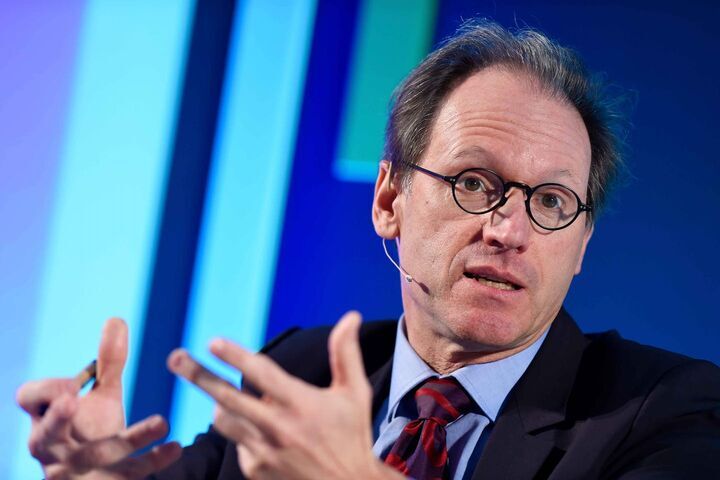






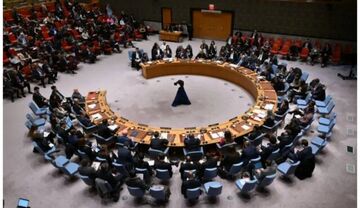
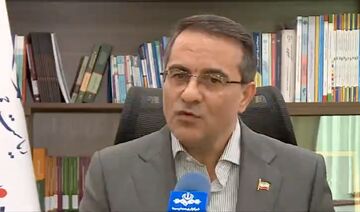
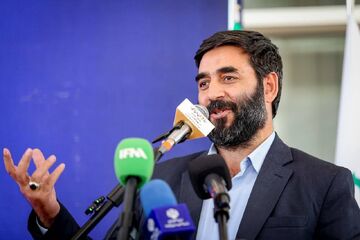
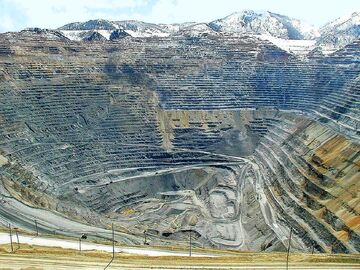


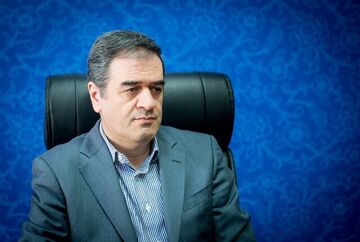
نظر شما